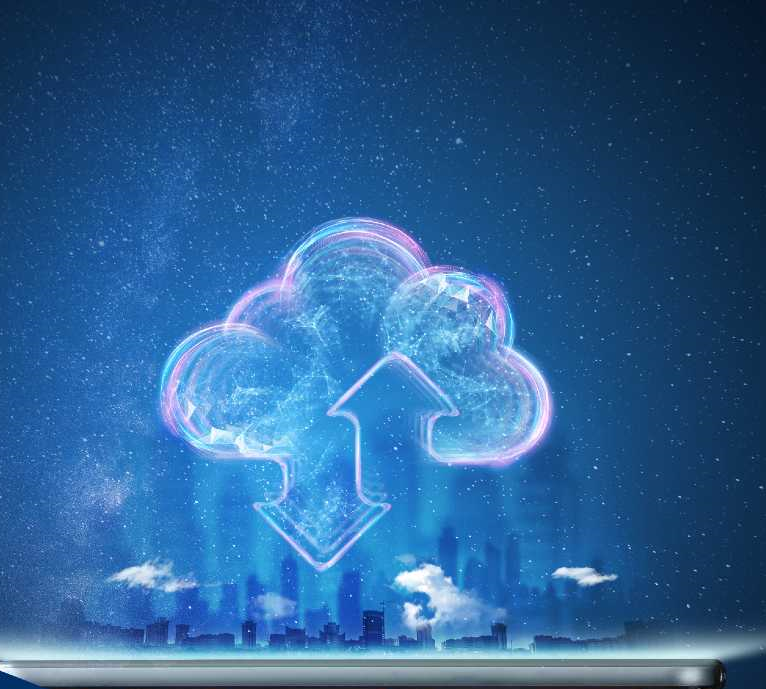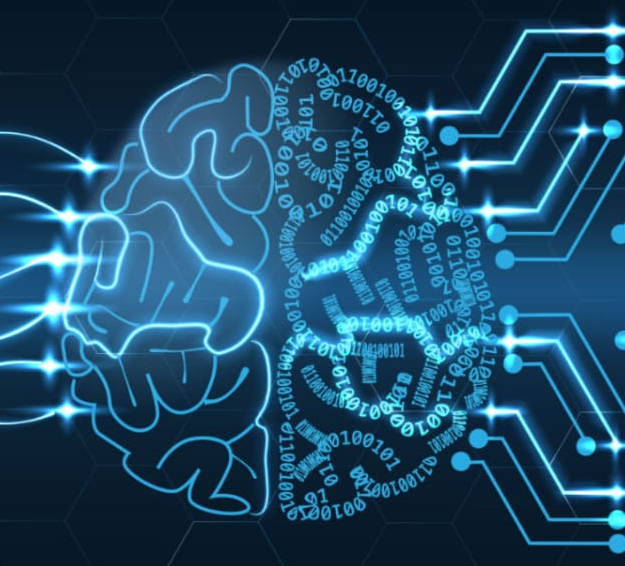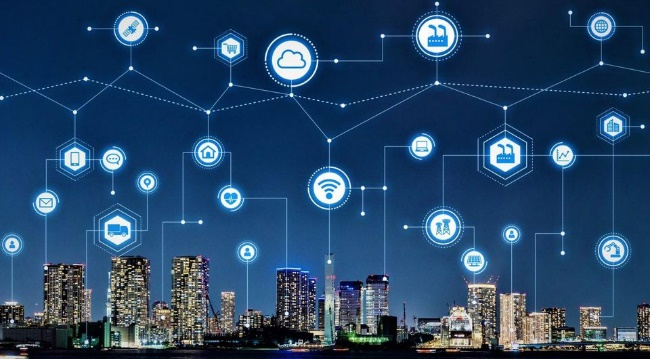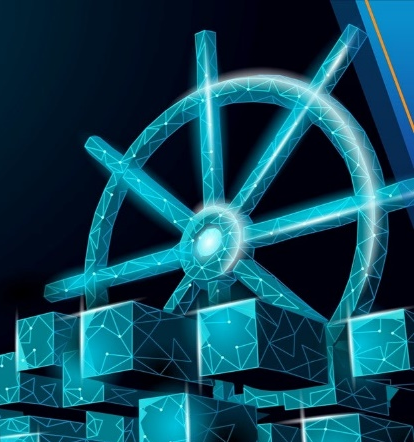
Telecos are you ready for Telecom-Techstack 2023?
Telecos are you ready for Telecom-Techstack 2023?
Did you know that one of the most dynamic and rapidly expanding industries in the world is telecommunications? The telco ecosystem has once again taken off after two-long years of global crisis, thanks to the emergence of 5G and the rising popularity of artificial intelligence. To enhance value propositions and customer experiences, several advance technologies and innovations will be put in the telecommunications sector more frequently in 2023.
Cloud Computing
Anything that has hosting services online is called "cloud computing". The three main types of cloud computing are infrastructure as a service (IaaS), platform as a service (PaaS), and software as a service (SaaS).
In response to the global epidemic, more companies have switched to digital service delivery over the past three years, increasing the use of cloud computing. By 2026, the global hyper-scale cloud industry would bring in US$693.49 billion. Telcos should investigate this ground-breaking piece of technology. They can leverage the cloud in 2023 to offer scalability by creating services that can be scaled back when demand is anticipated to decline due to outside reasons like rising living expenses or supply chain disruptions.
It also suggests that new services can be quickly launched and tested to assess user interest without experiencing major losses. Using software virtualization on remote servers, cloud computing provides software at much lower costs. This lowers the cost of the hardware and makes it simple to allocate computer resources as required. The importance of cloud computing will rise as the race to market 5G services accelerates. The ability of cloud service providers (CSPs) to deliver pertinent tools to their clients quickly and effectively will distinguish them from their competition.

5G
The fifth generation of mobile networks, or 5G which is preceded by 1G, 2G, 3G, and 4G networks, is a new international wireless foundation. To connect virtually everything and everybody together, including machines, objects, and gadgets, 5G enables a new network type.
The aim of 5G wireless technology is to provide more users with quicker multi-Gbps peak data speeds, very low latency, better reliability, big network capacity, and a more consistent user experience. New user experiences are possible by better performance and efficiency, which again connects new industries.
Most services offered by consumer service providers still rely on 4G infrastructure rather than implementation of 5G technology, even though 5G has been present for a while. Unfortunately, this suggests that customers will probably not make the most of it. Although there have been numerous challenges in the development of 5G technology, experts predict that 2023 will be the year of 5G and that most issues with its deployment will be solved.
The next step in the deployment of 5G will be the switch to what is being referred to as stand-alone or Private 5G. Analysts predict that many of the exciting advancements and 5G's features, such as network slicing, will become widely used in 2023.

Artificial Intelligence
The telecommunications sector is greatly benefiting from the incorporation of AI. Telecom operators can respond to requests for assistance with technical support, diagnostics, analyse and work out large volumes of big data, and manage infrastructure more quickly and effectively, thanks to chatbots and virtual assistants. AI also aids in network optimization, preventive maintenance, real-time analytics, etc.
The telecommunications industry is experimenting with AI, bringing new, innovative ideas to businesses. It also aids in the gathering of competitive and practical insight to improve business operations, user experience, and increase sales and revenue with new, improved services and products in the telecom sector. Artificial intelligence capabilities are used everywhere, from billing to obtaining important data such as consumer profiles and mobile device usage.

Digital Twins
A virtual depiction of a real-world simulation is called a "digital twin." It consists of three components: a physical element in physical space; a digital twin in software form; and data that connects the first two components.
In the telecom sector, "digital twins" is a term used to describe a virtual representation of a network that is based on real-time data from various sources like ML data lakes, IoT-connected devices, edge clouds, monitors, subscriber data, and more. Additionally, digital twins can use AI and data analytics to optimise performance using real-time IoT data.

Cybersecurity
The demand for cybersecurity and cyber resilience has grown because of the IoT explosion. Cyberattacks and data breaches have long been a problem for the telecom industry. As more devices are connected to our network, attackers have more chances to steal our data.
The 5G industry poses a variety of security issues that make it vulnerable to cyberattacks. Because there is a great quantity of sensitive data shared across complex, private, and private networks, telecom operators must spend in developing strict cybersecurity measures to increase security surrounding connected devices, cloud systems, and the networks that connect them. A suitable IT infrastructure must be established, along with knowledge and best practises, to achieve resilience. Preventive measures, incident management, and threat detection must all be put into place for the highest level of cyber security.

Edge Orchestration 5G
Edge orchestration combines edge-cloud CoSP services, edge-based applications, and edge-cloud infrastructure into a complete, seamless offering for enterprise customers.
To control, automate, and synchronise the resource transfer between different hardware setups, network domains, and architectural configurations at a network's edges, an edge orchestrator, a resource management tool, is used in this method. By enabling end-user devices like sensors, motors, and controllers to gather, process, store, and analyse data near to the locations where information is used and created, edge computing makes it possible for applications to be executed and stored. Two types of edge-orchestrated networks exist: distributed or centralised. When a single entity—a central edge orchestrator—performs all orchestration tasks, this is known as centralised edge orchestration. In distributed edge orchestration, a central edge orchestrator manages several edge orchestrators at each local edge site in the network.

Containerization
Containerization is the packaging of software code with only the OS libraries and dependencies necessary to run the code to generate a single, lightweight executable, or container, that reliably functions on any infrastructure.
Due to its smaller, virtualized, service-oriented design and lack of hardware or other platform dependencies, the technology enables the isolation of an application's resources and code, accelerating time-to-market, deployment, and overall efficiency on any infrastructure. It also improves the application's responsiveness and accessibility.
Containerization helps developers overcome technological and operational challenges brought on by the increasing complexity of networks and software development by enabling them to design and deploy applications more quickly and securely. Because of container-based networks and cloud native technology, it also has significant cost reduction and security advantages.
